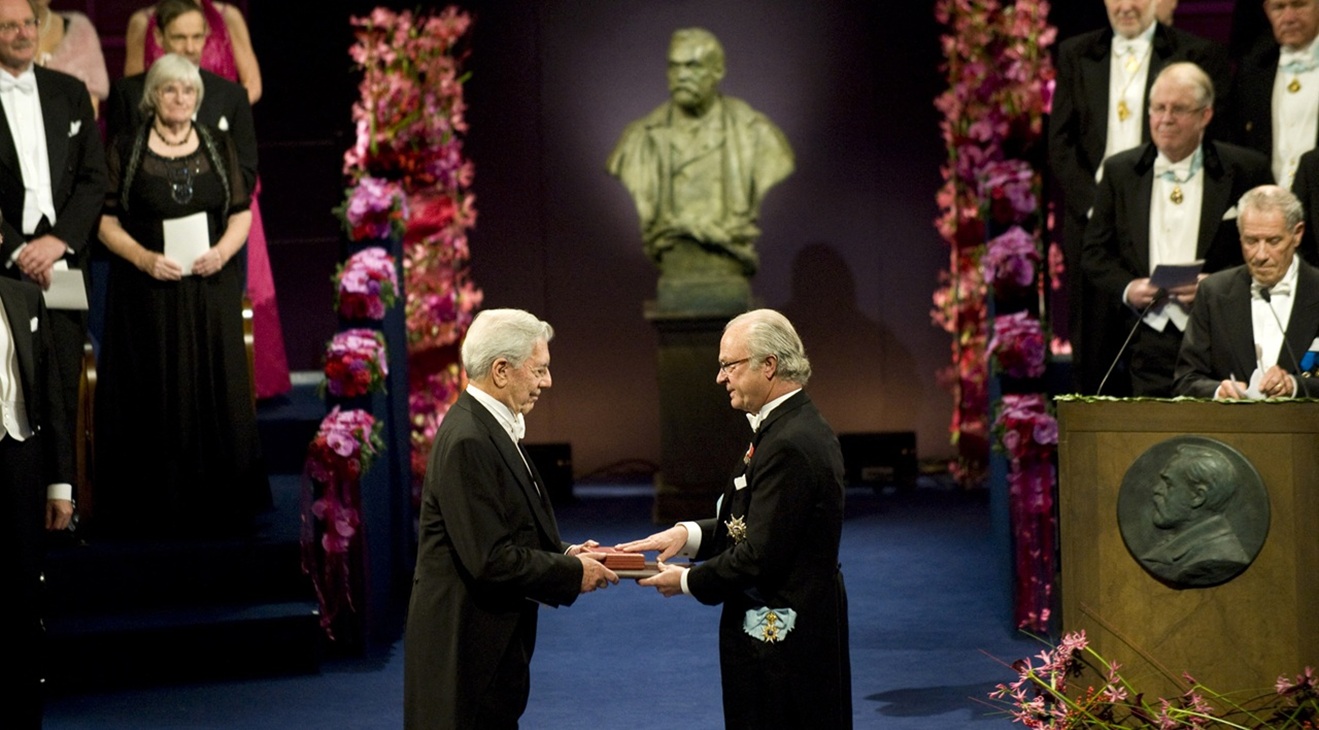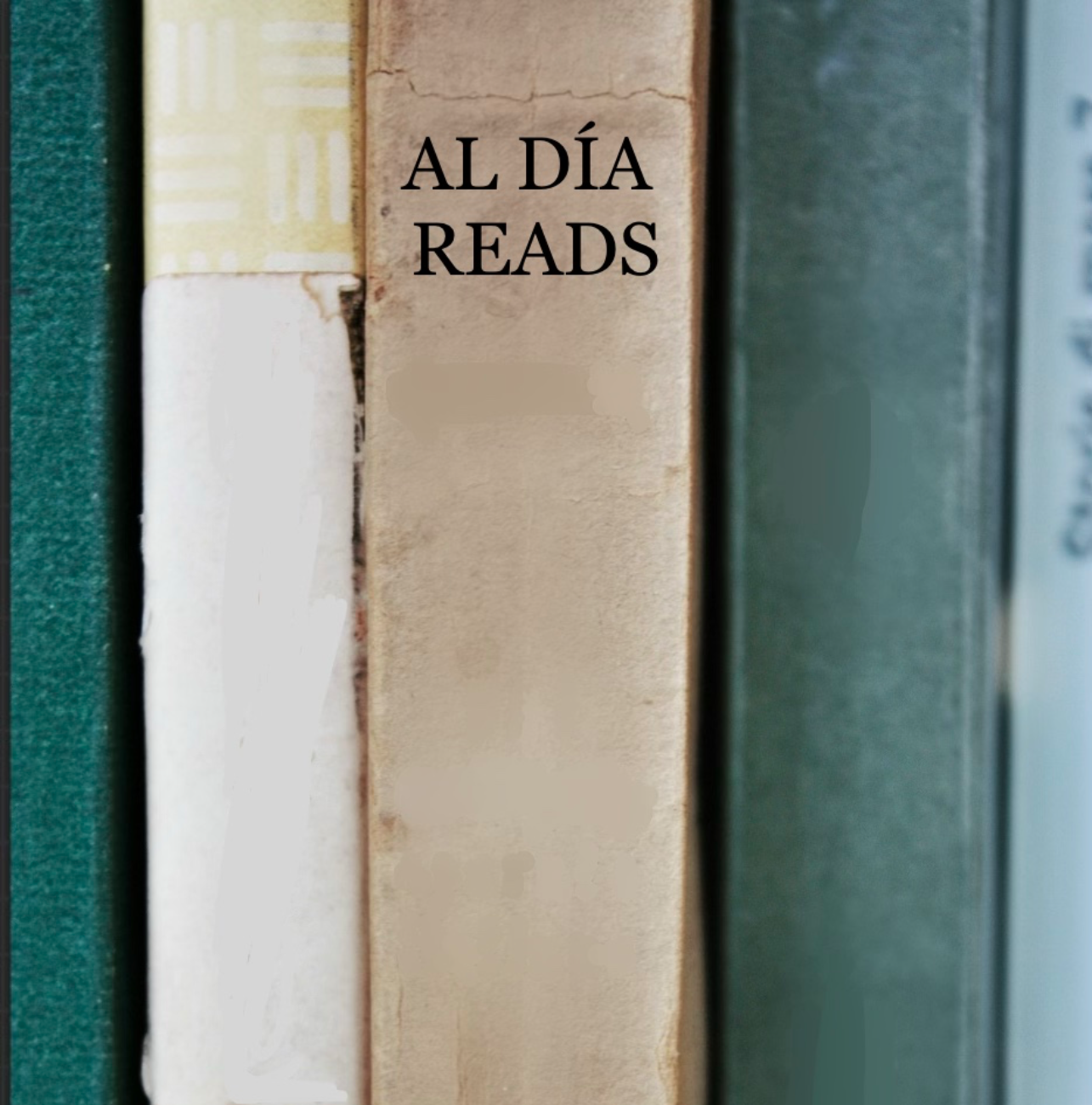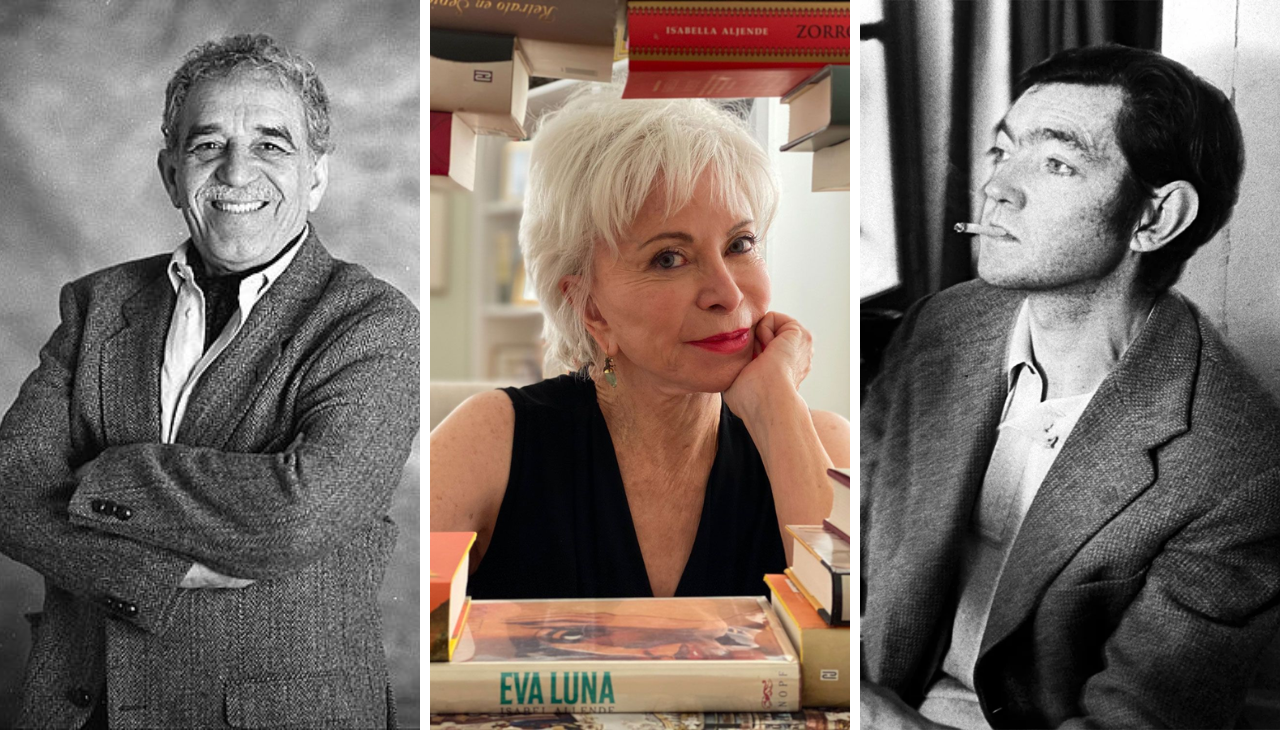
If you want to understand Native American history, forget about Western comics
Native illustrators like Weshoyot Alvitre are rewriting the narrative of their community in vignettes, and there is much more to it than a story loaded with…
If you're fed up with the old stories of Kit Carson or the Texas Cowboys, maybe it's because you sense that, just like in Hollywood, the cartoons have served to indoctrinate a model of society with an epic past in which all the Native Americans were Sioux and all the cowboys were named Billy, and indeed, we all know who is losing his hair.
However, a new batch of Native American illustrators are working to draw their stories and in passing to understand — and make understand — their origins and present as a community.
"People ask me all the time where my name comes from and then say, 'Oh, I didn't know we had Indians here' (in Los Angeles)," Angelina Weshoyot Alvitre told Huck.
Alvitre grew up in the Tongva lands of Southern California, and like other members of her own tribe, was not associated with the place where her ancestors lived.
It's a trauma, the erasure of her roots in a society that seeks cultural homogenization — that is, the lack of plurality — that the Native American artist has had to face since she was a child.
RELATED CONTENT
"In primary school, I was part of the indigenous education," she recalled. "They'd send a paper to your parents if they found out you had Indian blood, and we'd go into the classroom with an old Caucasian. We would make rain sticks out of toilet paper tubes. I was in the fourth grade and I knew it wasn't right."
A passion for Japanese manga, which for Alvitre is very "political," as well as growing up near Satwiwa, the Chumash/Tongva cultural center in the San Gabriel Mountains, gave the artist the idea that comics were the best vehicle for talking about real-world issues.
There, in Satwiwa, she met other Native American creators such as Michael Sheyashe (Caddo), who helped her see the need for a native voice in the comic book industry, and she began selling her own comics in high school.
"We had an indie shelf at the local comic book store, and the manager encouraged me to make some and sell them in the store. It helped me gain a little courage," she said.
Over time, Weshoyot Alvitre has put her pen and imagination to work on a new narrative that has led her to create stories like Ghost River, her most recent graphic novel, which recounts the Conestoga Massacre of 1763, of course, from the perspective of the native community, which, like the Mennonites, suffered the bloody wrath of the Paxton Boys in Pennsylvania.
Now the Native Narrative Collective, to which Alvitre and other founding artists such as Arigon Starr (Kickapoo), Jacques La Grange (San Carlos Apache), and Theo "Teddy" Tso (Las Vegas Paiute) belong, has become a veritable Marvel of the Indian Country, and their graphic novels and comic strips provide a decolonized and real-life perspective on the community's past and present.












LEAVE A COMMENT: